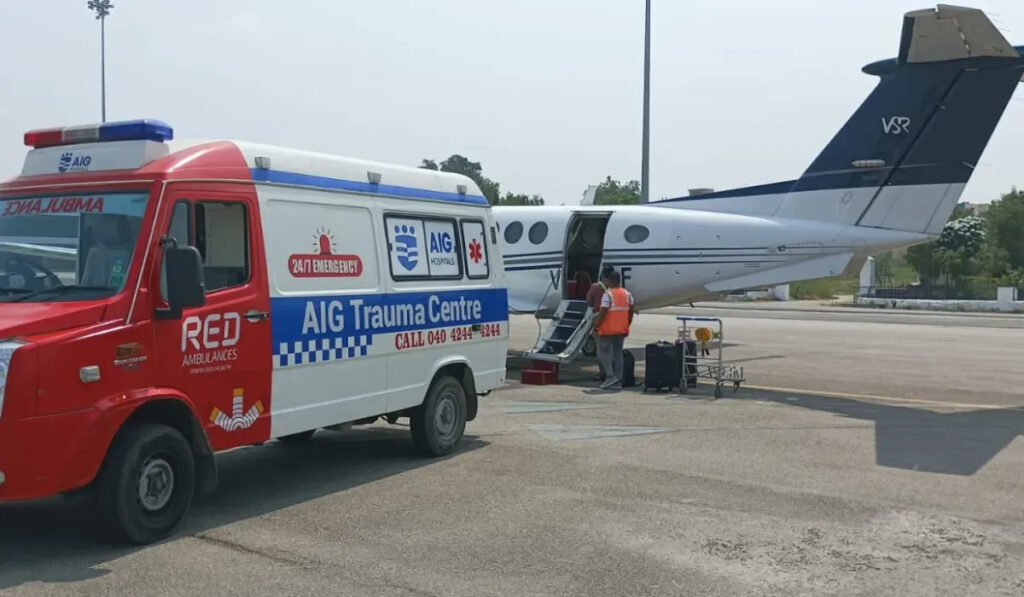When it comes to emergency medical care, the choice between private and government ambulance services can play a crucial role in response times, quality of care, and overall experience. Both types of services provide life-saving transportation to those in need, but they operate differently. Understanding the key differences between private and government ambulance services can help patients and families make informed decisions during emergencies.
1. Availability and Response Time
One of the most significant differences between private and government ambulance services is availability and response time. Government ambulance services are typically managed by public health agencies or municipalities, and their availability can vary depending on location and demand. In rural or underserved areas, government ambulances may take longer to respond due to a limited number of vehicles and personnel.
Private ambulance services, on the other hand, are often better equipped to handle a wide range of emergencies. They tend to have more vehicles and personnel ready to respond quickly. Since private companies operate on a for-profit basis, they often focus on reducing response times to provide better customer service. For patients in life-threatening situations, choosing a private ambulance service can potentially mean faster access to medical care.
2. Quality of Care
The quality of care provided by ambulance services can vary depending on the type of service. Government ambulance services are generally staffed by trained paramedics and emergency medical technicians (EMTs) who follow strict protocols. However, government ambulances may be constrained by budget limitations, which can affect the availability of advanced medical equipment or specialized care during transport.
Private ambulance services often provide a higher level of personalized care. Many private services offer specialized vehicles equipped with advanced medical technologies, such as cardiac monitors, ventilators, and neonatal transport equipment. Some private ambulance providers even offer ICU ambulance services with medical teams that include doctors and nurses, ensuring critical care is available en route to the hospital.
3. Cost
Cost is a significant factor that differentiates private and government ambulance services. Government ambulances are typically subsidized by public funds, making them a more affordable option for patients. In some cases, patients may not have to pay out-of-pocket for emergency transportation in a government ambulance, especially if the service is covered by health insurance or public health programs.
Private ambulance services, while offering faster response times and higher-quality care, come at a cost. These services often charge for the distance traveled, the level of care provided, and the use of specialized equipment. Patients should be aware of the potential financial burden that could arise from using a private ambulance service, especially in situations where insurance coverage may be limited.
4. Flexibility and Specialization
Government ambulance services are generally designed to handle a wide range of emergencies but may not offer as much flexibility in terms of patient needs. In contrast, private ambulance services often cater to specific medical conditions and offer specialized transport options, such as air ambulances, neonatal units, and bariatric ambulances.
Private services also provide flexibility when it comes to scheduling non-emergency medical transport. For instance, patients requiring transport to a dialysis center or for routine medical appointments can arrange for a private ambulance to take them there and back. This flexibility is rarely available with government ambulances, which prioritize emergency calls.
5. Service Continuity and Communication
Government ambulance services are part of a larger public healthcare infrastructure, and communication and service continuity can sometimes be challenging. The availability of personnel and vehicles can fluctuate depending on broader healthcare demands. Additionally, the handoff process between ambulance personnel and hospital staff can occasionally face delays or miscommunication due to system overloads.
Private ambulance services often prioritize seamless communication with hospitals and medical teams. Private companies invest in sophisticated communication systems, ensuring that the transition of care from the ambulance to the hospital is smoother and faster. They also offer direct lines for booking, like a dedicated ambulance service number, making it easy for patients and their families to access emergency services quickly.
6. Booking and Contacting Ambulance Services
Booking a government ambulance typically involves calling a national or regional emergency number, such as 102 or 108 in India, which are public emergency response numbers. While government services are reliable, the wait times on these lines can be longer during peak hours or high-demand situations, particularly in urban areas.
Private ambulance services often provide dedicated ambulance service numbers that directly connect patients to dispatchers. These services generally offer 24/7 availability and a more streamlined process for getting an ambulance to the patient’s location. The convenience of booking private ambulances through online platforms or mobile apps has also improved the patient experience, especially in non-emergency cases.
7. Legal and Regulatory Oversight
Government ambulance services are subject to strict regulatory oversight, with well-defined protocols for training, equipment, and patient care. These services are held accountable by public health agencies, ensuring that minimum standards are consistently met. Private ambulance services are also regulated, but they often operate under different standards and are incentivized to exceed the basic legal requirements to attract customers and build their reputation.
Private companies may offer additional certifications and accreditations that demonstrate their commitment to high-quality care, such as ISO certifications or adherence to international medical standards. This makes private ambulances an attractive option for those seeking an extra layer of assurance regarding the level of service provided.
Conclusion: Which Service to Choose?
Choosing between private and government ambulance services largely depends on the specific needs of the patient, the urgency of the situation, and financial considerations. Private services are often faster, more flexible, and provide higher-quality care but come at a premium. Government ambulances, while more affordable, may face challenges in response time and resource availability.
In situations where time is critical, and specialized care is required, a private ambulance service might be the better option. Platforms like RED.health bridge the gap by offering easy access to both private and specialized ambulance services, ensuring that patients receive timely and appropriate medical care, no matter the emergency. With dedicated ambulance service numbers, RED.health helps streamline the process of booking ambulances, giving patients and their families peace of mind during emergencies.



